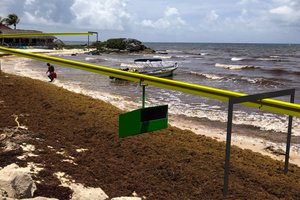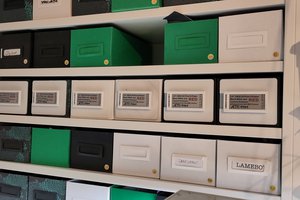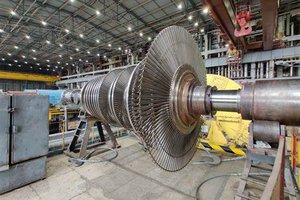the challenge
Safer, more effective flight in Earth's atmosphere by using higher density, noncombustible fuels as a form of jet or rocket propulsion.
the project
Design and prototype proof-of-concept ion engines and subsequently aircraft, capable of self-powered flight that meets the challenge.
how the project solves the problem
This project considers alternatives to using combustible fuels that may also have a lower environmental impact. By creating a propulsion unit that does not rely on conventional, combustible fuels for reliable, significant thrust, this project is meant to inspire more robust designs that inevitably affect change in transportation industries heavily reliant on refined petroleum and other synthetic fuels --products with non-renewable life cycles and in limited supply.
Rockets and jets are controlled explosions. Chefs in kitchens and farmers with grain silos know that dust can explode under certain conditions from seemingly noncombustible material. Household clothing dryers create static electricity. A somewhat similar electric charging process occurs in dust storms. Less known, and perhaps significant for this project: Some theories of comets suggest comet tails are the result of solar wind interacting with a comet's surface material, instead of simple sublimation of volatile ices from comet surfaces due to solar heating. A recent discovery of a distant comet outburst is a case in support of "electric comet" theories. Regardless, volcanic eruptions sometimes generate lightning. If solar wind reacting with "dust" creates gaseous comet tails, or dust with heat and pressure (or friction) creates lightning (a cascade of electric current), then perhaps an artificial, electrostatic "wind" can make an ion cloud capable of directing a mass of dust as thrust for propulsion.
how the project might be used
1. STEAM/STEM initiatives. (Science/Technology/Engineering/Arts/Math) There is an abundance of educational endeavors that could be spawned from a project like this, including on topics of safety in dusty areas, or practicing science and exploring unconventional theories with an open, yet scientifically critical mind.
2. Some chronic pollution issues, such as with microplastics, textile fibers or dryer lint may be mitigated by converting to a source of fuel and becoming less harmful, atmospheric dust.
3. The project might work as a proof-of-concept for spearheading a re-work of the Virgin Galactic's SpaceShipTwo to replace RockMotorTwo with a more effective, safer fuel paradigm.
4. Perhaps the project will inspire the retro-fitting of a few airliners to support airlines or cargo carriers operational continuity in case of extended volcanic eruptions. Dust clouds from large eruptions can block major routes for an extended period. One case occurred in 2010. It is inevitable that a large volcanic eruption will affect routes lasting longer than a year.
illustrations showing how the project might be used
See image gallery.
repositories
https://github.com/tekbasse/sechura-fenix-ohl
open-source licenses
Project licensed under TAPR Open Hardware License
Software components licensed under GPL 3+
current tasks
Building proof-of-concept ion engine, creating 3-D example using BRL-CAD.
 Benjamin Brink
Benjamin Brink
 Anteneh Gashaw
Anteneh Gashaw
 Ricardo Ferro
Ricardo Ferro
 davedarko
davedarko
 coleflynn
coleflynn